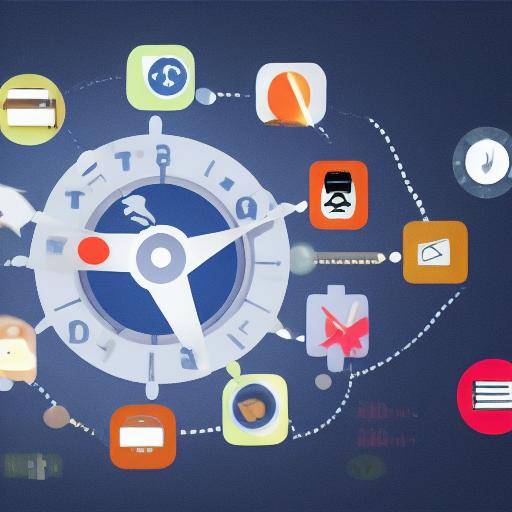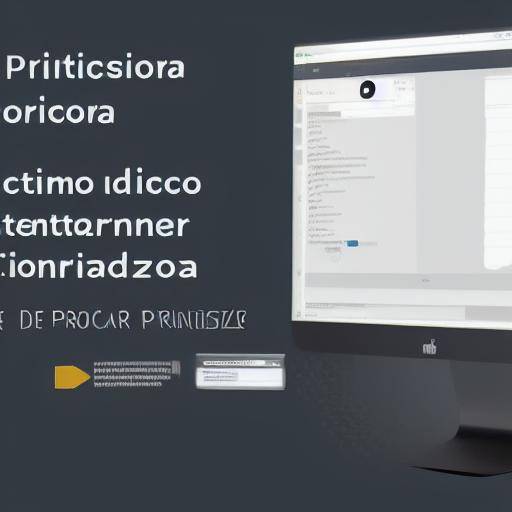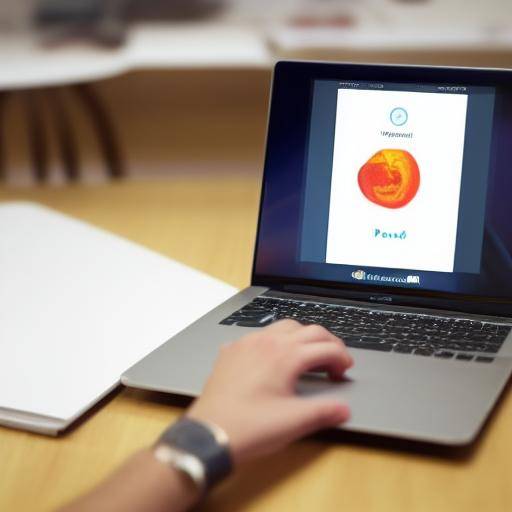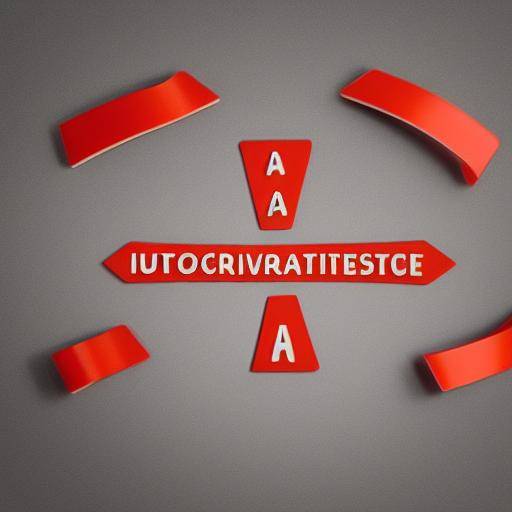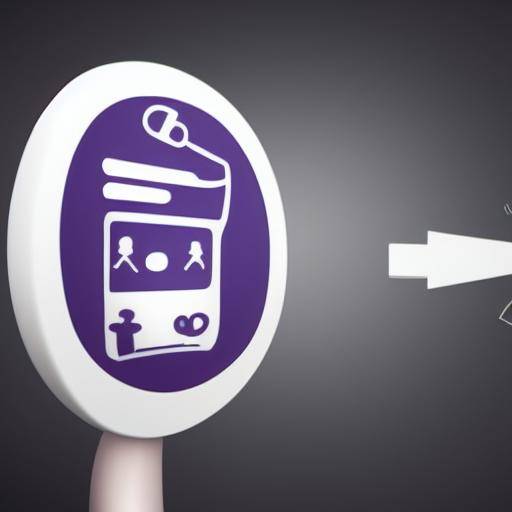
Time management and prioritization of tasks are fundamental aspects of achieving success both in the professional and personal spheres. The Eisenhower matrix is a powerful tool that helps you set priorities and make efficient decisions. In this article, we will explore in depth how to use this methodology, together with time management, to optimize productivity and performance.
Introduction
Have you ever been overwhelmed by the amount of tasks you have to do? The Eisenhower matrix is a technique developed by the former president of the United States, Dwight D. Eisenhower, which helps you to classify your tasks based on their importance and urgency. By applying this strategy, you will be able to identify activities that require your immediate attention, differing from those that are important but not urgent, allowing you to plan your time and effort more effectively.
History and Background
The Eisenhower matrix originated in the context of time management and strategic decision-making. He was used by President Eisenhower as a tool to prioritize his responsibilities and keep the focus on the key objectives of his mandate. Over the years, this methodology has been adopted by business leaders, entrepreneurs and professionals from various fields, becoming a widely recognized technique for the effective management of time and the prioritization of tasks.
Deep analysis
The Eisenhower matrix offers a number of significant benefits, such as stress reduction, productivity improvement and more informed decision-making. However, it also presents challenges, such as the need to maintain a steady balance between the urgent and the important. It is essential to understand the implications and limitations of this tool to maximize its effectiveness in the working and personal context.
Comprehensive review
The practical application of the Eisenhower matrix, in combination with time management strategies, is essential for achieving optimal results. Through detailed analysis of case studies and current best practices, we can identify patterns and trends that allow us to make informed decisions about the organization and implementation of tasks in order to achieve our objectives efficiently and effectively.
Comparative analysis
By comparing the Eisenhower matrix with other time management methodologies and prioritization, it is possible to identify similarities, differences and synergies that can enrich our understanding and practical application of these tools. We will explore different scenarios and contexts in which each approach can demonstrate its worth, ensuring a comprehensive view of the strategies available to optimize our time management and prioritization of tasks.
Practical Tips and Accessible Tips
To maximize the value of the Eisenhower matrix and time management, it is essential to have a number of practical tips and actionable recommendations. Through detailed steps and concrete examples, we will be able to successfully implement these strategies in our day to day, thus enhancing our ability to effectively and efficiently set and achieve goals.
Perceptions of Industry and Expert Reviews
The perceptions and opinions of experts in the field of time management and task prioritization add a significant value to our understanding and implementation of these strategies. By integrating ideas and visions of leading professionals, we can anticipate future trends and projections that will enable us to be prepared for the challenges and opportunities that will be presented in our working and personal environment.
Case Studies and Real Applications
Detailed case studies and practical applications give us a deeper understanding of how the Eisenhower matrix and time management strategies can transform the efficiency and effectiveness of the organization and execution of tasks in various contexts and environments. By analyzing results and lessons learned, we can extract valuable learnings applicable to different scenarios, thus enriching our ability to make the most of these tools.
Future Trends and Predictions
Emerging trends in time management and prioritization offer a fascinating insight into how the work and personal landscape will evolve over the next few years. By exploring current data and expert opinions, we can anticipate challenges and opportunities that will enable us to prepare properly for the changes that occur, thus maximizing our ability to adapt and grow in a dynamic environment.
Conclusion
In short, the Eisenhower matrix and time management offer powerful approaches to prioritize and optimize the use of time and resources. By fully understanding these strategies, we can enhance our productivity and achieve a greater balance between our personal and professional responsibilities and goals.
Frequently asked questions
How can I apply the Eisenhower matrix to my everyday life?
The Eisenhower matrix can be applied to daily life by classifying tasks in quadrants according to their urgency and importance. It provides time for important but not urgent tasks and prioritizes urgent and important tasks.
Are Eisenhower's time management and matrix equally useful for work and personal environments?
Yes, both strategies are equally applicable to work and personal environments. The Eisenhower matrix and time management allow for greater organization and efficiency in all aspects of life.
What are the main challenges in implementing the Eisenhower matrix?
One of the main challenges is to resist the temptation to focus only on urgent but not important tasks, thus neglecting those that are truly significant in the long term.
Are there tools and applications that facilitate the implementation of the Eisenhower matrix?
Yes, there are numerous tools and applications available that provide templates and resources for the effective application of the Eisenhower matrix, which facilitates its implementation in everyday life.
How can I maintain a healthy balance between the urgent and the important using the Eisenhower matrix?
It is essential to exercise discipline so as not to succumb to immediate demands and focus on important tasks, with specific time to address urgent tasks efficiently.
How can I teach others to use the Eisenhower matrix effectively?
The best way to teach others is through the practical example. Share your own experiences and success cases when applying the Eisenhower matrix, and provide personalized guidance according to individual needs.
Conclusion
The Eisenhower matrix and time management are key tools that enable us to effectively set priorities and maximize our productivity. By understanding its practical application and maintaining a balance between the urgent and the important, we can optimize our performance both in the workplace and in the staff.













